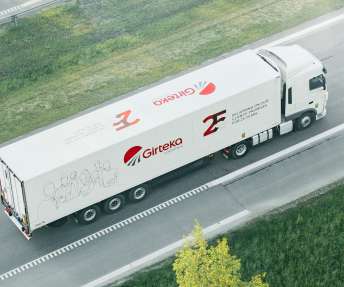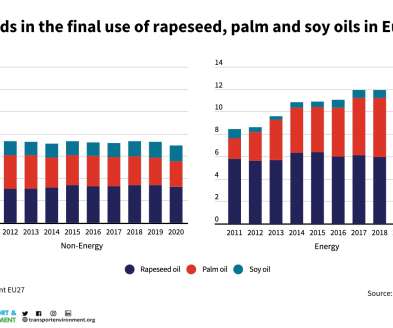EPA proposing RFS pathways for biofuels made from canola oil via hydrotreating; diesel, jet, naphtha, LPG, heating oil
Green Car Congress
APRIL 13, 2022
The US Environmental Protection Agency (EPA) is proposing to approve Renewable Fuel Standard (RFS) pathways for certain biofuels that are produced from canola/rapeseed oil ( earlier post ) and is providing an opportunity for comment on the Agency’s lifecycle greenhouse gas (GHG) analysis of these pathways.






































Let's personalize your content